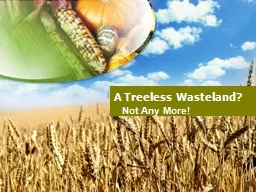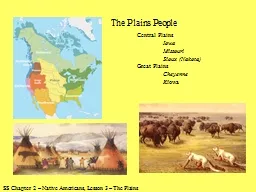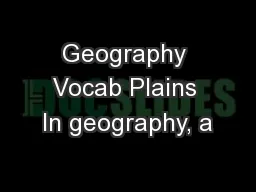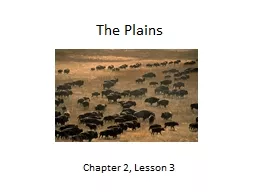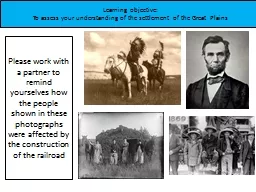PPT-Why use The Great Plains Laboratory?
Author : phoebe-click | Published Date : 2017-06-14
The Great Plains Laboratory has performed more than 100000 tests of persons on the autistic spectrum throughout the world Free consultation with testing by phoneSkype
Presentation Embed Code
Download Presentation
Download Presentation The PPT/PDF document "Why use The Great Plains Laboratory?" is the property of its rightful owner. Permission is granted to download and print the materials on this website for personal, non-commercial use only, and to display it on your personal computer provided you do not modify the materials and that you retain all copyright notices contained in the materials. By downloading content from our website, you accept the terms of this agreement.
Why use The Great Plains Laboratory?: Transcript
Download Rules Of Document
"Why use The Great Plains Laboratory?"The content belongs to its owner. You may download and print it for personal use, without modification, and keep all copyright notices. By downloading, you agree to these terms.
Related Documents


